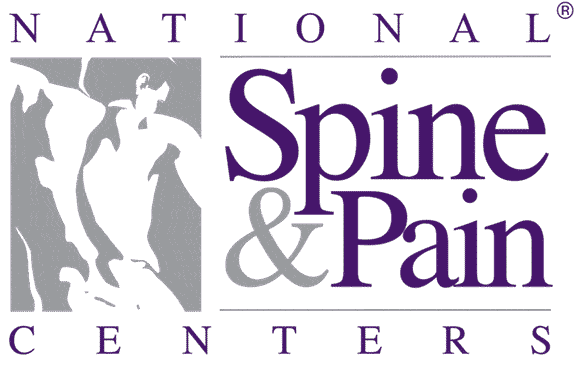According to a study published in the American Journal of Sports Medicine, out of 295 knee surgeries for Meniscus repair that occurred over a 9-year period, 37 needed subsequent surgeries to correct a failed repair. After a review of medical literature, the study found that the failure rate for this type of surgery could range anywhere from 5-45%[1].
One of the problems with this type of surgery is that when trying to repair these tears, surgeons are often removing Meniscus tissue surrounding the tear. The reason is if the location of the Meniscus tear is on the interior of the knee, the lack of proximity to a blood supply means that the tear may not heal properly. This approach unfortunately can lead to complications including increased arthritis in the knee in the future.
The Meniscus is living tissue acting as a shock absorber in the knee, which is why biologic regenerative treatments hold such promise to actually heal the injury instead of attempting to carve it out. The result is a less invasive procedure, with a quicker return to normal daily activity when compared to surgery. To maximize healing, Stem Cell treatments are used with other leading treatments in the field including Prolotherapy, Platelet Rich Plasma (PRP) and Platelet Lysate therapy. In certain cases, a patient’s unique medical condition or circumstance may preclude utilizing the benefits of all treatments used together. In this case, a customized plan is developed using one or more of the treatments to obtain the best patient outcomes possible. While sometimes there is no good alternative to surgical repair, most often biologic repair offers a better option.
Stem Cell Therapy
Stem Cell therapy makes use of the supply of stem cells available in the body to help repair injured and degenerated tissues. The easiest place to harvest these stem cells is from the back of the hip area, under ultrasound or x-ray guidance. This harvesting procedure is well tolerated by patients and not considered difficult as many patients claim it is not painful.
After bone marrow blood is drawn, it is centrifuged to concentrate and purify the stem cells, with each stem cell specimen custom designed to meet the needs of the specific injury. Utilizing either fluoroscopy or ultrasound, the stem cells are placed on the injured site precisely to improve the likelihood that stem cells will adhere to the damaged area and promote healing. After the stem cells are placed, concentrated platelets and other adjuvants are injected to stimulate the stem cells to multiply, and then transform into the repair cells needed to regenerate new tissue. The platelets are injected again 2-5 days later to keep the stem cells activated and promote additional healing.
Prolotherapy
Injected 2-5 days before the stem cells, Prolotherapy contains a solution of concentrated dextrose and local anesthetic (steroids are not used). This solution stimulates the body’s natural ability to repair damaged tissue, encouraging new growth and creating a positive environment into which the stem cells are placed.
Platelet Rich Plasma
Platelets initiate tissue repair by releasing growth factors. These growth factors start the healing process by attracting cells that repair us including the critical stem cells. Platelet Rich Plasma therapy intensifies this process by delivering a higher concentration of platelets. The therapy involves a small sample of the patient’s blood placed in a centrifuge to separate the platelets from the other blood components. The concentrated PRP is then injected into and around the point of injury, significantly strengthening the body’s natural healing. Our process for PRP is much different and sets us apart. Because our samples are all hand processed, we are able to produce PRP that is free of contaminating red and white cells, which can inhibit repair. This same special process also allows us to customize the concentration and volume for each individual and each injury type. This greatly improves outcomes.
Platelet Lysates
Platelets in the blood release powerful tissue growth factors that aid in the healing process. Normally this occurs slowly over time, but through the creation of a Platelet Lysate solution, a high concentration of growth factors can be released immediately into the body. The result is a targeted, faster healing process. Additionally, there are areas of the body where using traditional PRP may cause too much inflammation. Platelet Lysates are a better option where inflammation may become an issue.
Eliminate the Risks of Surgery
Another recent study demonstrated that a group of patients receiving stem cell treatment experienced double the pain relief compared to a control group in the study over a 2 year period. In particular, one physician from the Mayo clinic monitoring the study noted that there were no adverse events related to the treatment[2]. That fact alone makes biologic regenerative treatments a very attractive option to patients dealing with a Knee Meniscus tear.
[1] Nicolas Pujol, MD, Olivier Barbier, MD, Philippe Boisrenoult, MD and Philippe Beaufils, MD, “Amount of Meniscal Resection After Failed Meniscal Repair,” The American Journal of Sports Medicine; August 2011; vol. 39 no. 8; http://ajs.sagepub.com/content/39/8/1648.abstract
[2] John Gever, Senior Editor, MedPage Today, Reviewed by Zalman S. Agus, MD, Emeritus Professor
University of Pennsylvania School of Medicine and Dorothy Caputo, MA, RN, BC-ADM, CDE, Nurse Planner “Stem Cells Show Promise for Meniscal Tears,” MedPage Today; Feb 10, 2012; http://www.medpagetoday.com/MeetingCoverage/AAOS/31131

